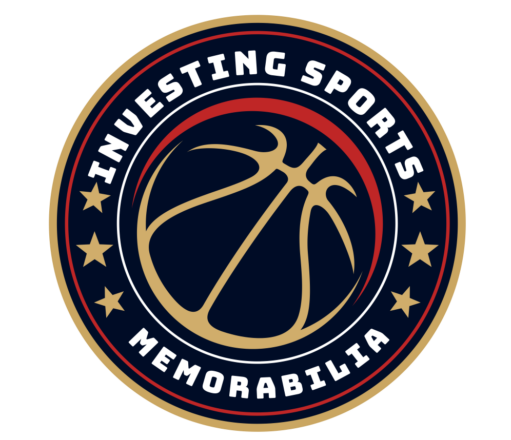Sports memorabilia holds a special place in the hearts of fans and collectors, connecting them to the greatest moments and icons of athletic history. Unfortunately, the world of sports collectibles has seen its fair share of fraudulent schemes and scandals that have shattered the trust of enthusiasts. In this blog post, we delve into some of the most infamous frauds in sports memorabilia history, revealing the shocking tales of deception that have left an indelible mark on the industry.
- The Babe Ruth Signed Baseballs:
Babe Ruth remains one of the most sought-after names in sports memorabilia. Over the years, numerous forged Babe Ruth signatures on baseballs have surfaced, deceiving collectors and fetching high prices in auctions. Some fraudsters went to great lengths to replicate Ruth’s signature, making it difficult to differentiate between genuine and counterfeit items. The prevalence of forged Babe Ruth autographs serves as a reminder of the importance of authentication and careful scrutiny when acquiring such prized possessions.
- The Mark Hofmann Forgeries:
Mark Hofmann, a notorious forger and document manipulator, made a significant impact on the sports memorabilia world in the 1980s. Hofmann specialized in creating counterfeit historical documents, including letters and autographs of prominent sports figures like Lou Gehrig and Honus Wagner. His forgeries were so convincing that they fooled even experienced collectors and authenticators. The exposure of Hofmann’s fraudulent activities sent shockwaves through the industry, highlighting the need for heightened vigilance and expertise in detecting counterfeit items.
- The Eli Manning Memorabilia Fraud:
The Eli Manning memorabilia fraud case, mentioned earlier, involved allegations of distributing non-game-worn items as authentic game-used equipment. The lawsuit claimed that Manning, the New York Giants, and a memorabilia dealer collaborated to deceive collectors. While the case was settled out of court, it shed light on the vulnerability of collectors and the importance of independent verification and due diligence when acquiring sports memorabilia.
- The Barry Halper Collection:
Barry Halper, a prominent sports memorabilia collector, was renowned for his vast collection, which included rare baseball artifacts. However, it was later revealed that some of the items in his collection were forgeries or misattributed artifacts. The discovery tarnished the reputation of Halper’s collection and raised questions about the authenticity of other highly regarded items within the sports memorabilia market.
- The Lance Armstrong Autograph Scam:
Lance Armstrong, the disgraced cyclist, found himself embroiled in an autograph scam that preyed on unsuspecting fans. Armstrong’s forged autographs flooded the market, with fraudsters capitalizing on his fame and downfall. The widespread distribution of these counterfeit autographs served as a reminder to collectors about the risks associated with purchasing autographed items from unverified sources.
The world of sports memorabilia has witnessed its fair share of frauds and scandals that have shaken the trust of collectors and fans. The examples mentioned above are just a glimpse into the deceptive practices that have plagued the industry. It is crucial for collectors to exercise caution, conduct thorough research, and seek independent verification when acquiring sports memorabilia. By learning from the past and staying vigilant, enthusiasts can navigate the market with greater confidence, ensuring that their prized possessions are authentic and genuine.


